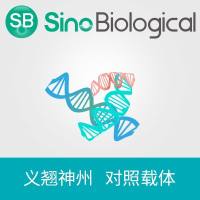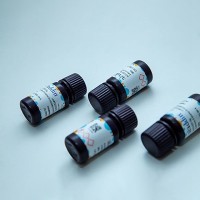Detection and Selection of Lentiviral Vector-Transduced Cells
互联网
|
Cell type b |
Relative efficiency (+ to ++++ c ) |
|
|---|---|---|
|
Cell lines |
||
|
(human) |
||
|
HEK293 |
embryonic kidney cells |
++++ |
|
TE671 |
rhabdomyosarcoma cells |
++++ |
|
HeLa |
cervical adenocarcinoma |
++++ |
|
HepG2 |
hepatoma cells |
++++ |
|
IB3-1 |
CF d bronchial epithelial cells |
+++ |
|
K562 |
chronic myelogenous leukemia |
++++ |
|
U937 |
myeloid leukemia cells |
++++ |
|
A20 |
B cell lymphoma |
+ |
|
EBV blasts |
EBV transformed B lymphoma |
+++ |
|
(mouse) |
||
|
Renca |
renal cell carcinoma |
++++ |
|
CT26 |
colon carcinoma |
++++ |
|
NIH3T3 |
fibroblasts |
+++ |
|
BaF3 |
pre-B lymphoma |
+++ |
|
TF1 |
proerythroblastic leukemia cells |
++++ |
|
DC2.4 |
immortalized immature DC |
++/+++ |
|
P19 |
embryonic carcinoma |
+++ |
|
Primary cells |
||
|
(human) |
||
|
HUVEC |
umbilical vein endothelial cells |
+++ |
|
CD34+ cells |
hematopoietic stem/progenitor cells |
++/+++ e |
|
monocytes |
myeloid cells |
++ |
|
DC |
immature dendritic cells |
+++ |
|
T cells |
lymphocytes |
+++ f |
|
B cells (other species) |
lymphocytes |
+ |
|
ESC |
mouse embryonic stem cells |
+++ |
|
neuron |
rat neuronal cells |
+++ |
|
liver stem cells |
rat oval cells |
+++ |
|
liver |
primary rat hepatocytes |
++ |
|
RPE |
rat retinal pigment epithelial cells |
++++ |
|
rod |
chicken eye rod cells |
++ |
|
bone marrow |
mouse BM mixed population |
+++ |
|
HSC |
mouse hematopoietic stem/progenitor cells |
++ |








